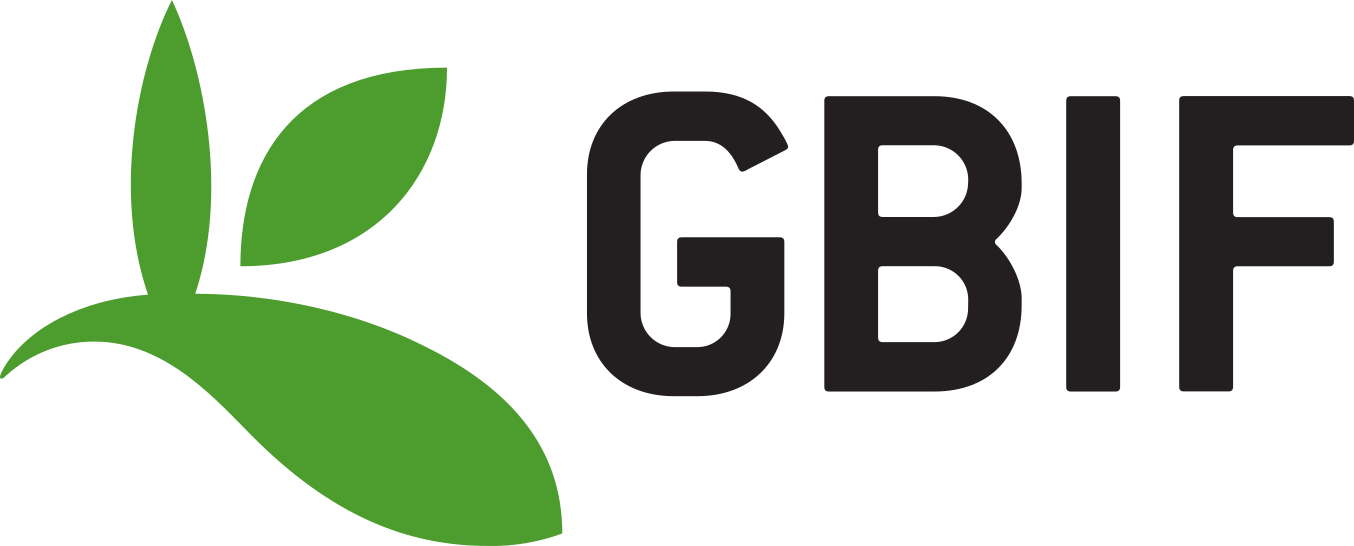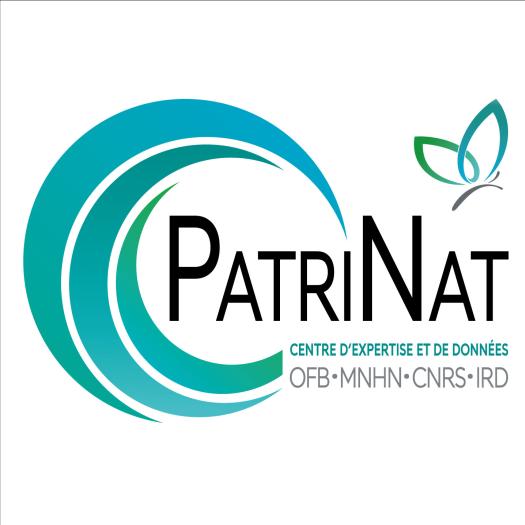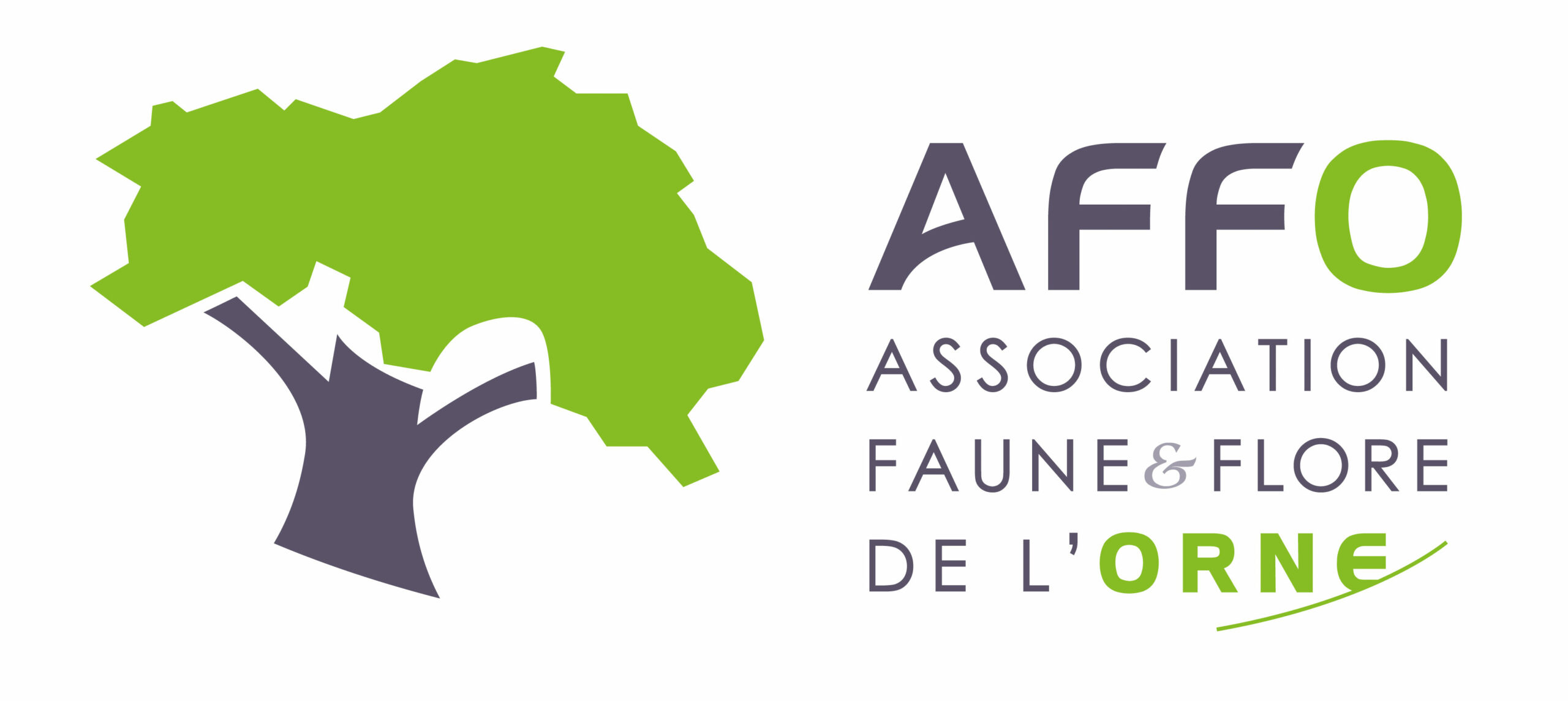Alticini Newman, 1834
Où cette espèce a-t-elle été observée ?
 Attention : cette espèce peut être présente où il n’y a pas de maille, mais à ce jour elle n’y a pas encore été observée.
Attention : cette espèce peut être présente où il n’y a pas de maille, mais à ce jour elle n’y a pas encore été observée.
- 30 observations
-
20
communes -
12
observateurs
9
organismes -
Première observation
2001 -
Dernière observation
2025
Arcisses - Authon-du-Perche - Belforêt-en-Perche - Coudray-au-Perche - Fontaine-Simon - Happonvilliers - La Bazoche-Gouet - La Ferté-Vidame - Le Mesnil-Thomas - Les Aspres - Longny les Villages - Manou - Moutiers-au-Perche - Perche en Nocé - Saint-Victor-de-Buthon - Senonches - Thiron-Gardais - Tourouvre au Perche - Vaupillon - Verrières
-
UMS PatriNat (OFB-CNRS-MNHN)
Participation à 19 Observations
Part d'aide à la prospection : 63.33 %
Fiche organisme
-
Association Faune & Flore de l'Orne (AFFO)
Participation à 3 Observations
Part d'aide à la prospection : 10.00 %
Fiche organisme
-
Eure-et-Loir Nature
Participation à 2 Observations
Part d'aide à la prospection : 6.67 %
Fiche organisme
-
Le Monde des Insectes (insectes.org)
Participation à 2 Observations
Part d'aide à la prospection : 6.67 %
Fiche organisme
-
Conservatoire d'espaces naturels du Centre-Val de Loire (CEN CVL)
Participation à 2 Observations
Part d'aide à la prospection : 6.67 %
Fiche organisme
-
Office pour les insectes et leur environnement (OPIE)
Participation à 1 Observation
Part d'aide à la prospection : 3.33 %
Fiche organisme
-
Ministère de la Transition écologique et de la Cohésion des territoires
Participation à 1 Observation
Part d'aide à la prospection : 3.33 %
Fiche organisme
-
Muséum national d'Histoire naturelle (MNHN)
Participation à 1 Observation
Part d'aide à la prospection : 3.33 %
Fiche organisme
-
PNR et géoparc mondial UNESCO Normandie-Maine
Participation à 1 Observation
Part d'aide à la prospection : 3.33 %
Fiche organisme
Informations espèce
Répartition actuelle en France métropolitaine
© INPN - Avertissement : les données visualisables reflètent l'état d'avancement des connaissances et/ou la disponibilité des données existantes au niveau national : elles ne peuvent en aucun cas être considérées comme exhaustives.
Répartition actuelle dans le monde
Avertissement : les données visualisables reflètent l'état d'avancement des connaissances et/ou la disponibilité des données existantes au niveau mondial : elles ne peuvent en aucun cas être considérées comme exhaustives.










